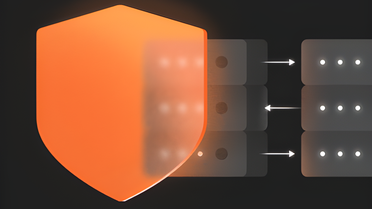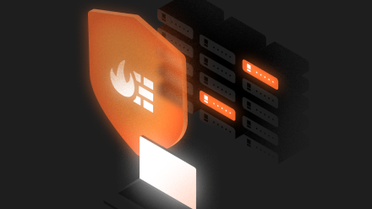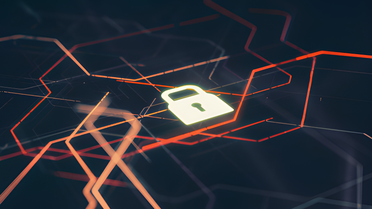Security

Building Resilient Applications: How to Mitigate Vendor Outages
Strategies to build resilient applications and mitigate the risks of vendor outages with end-to-end infrastructure and high availability.
JUL 4, 2025 • 12 min read


How Technology Can Help You Comply with Regulations for Fintech
Edge computing provides robust security, regulatory compliance, and intelligent monitoring for reliable, scalable operations.
FEB 6, 2025 • 8 min read


The Experts Speak: Cybersecurity Quotes About Zero-Trust, WAF, Social Engineering, and More
Explore expert insights on cybersecurity, Zero Trust, social engineering, and WAF capabilities at Azion Edge.
FEB 1, 2024 • 7 min read


Remember Zero-Day Attacks Blocked by Azion's WAF
Explore how Azion's Web Application Firewall provides robust defense against zero-day attacks, CVE-2021-41773 coverage, and WAF bypass prevention.
NOV 6, 2023 • 4 min read


Control Access to Your Platform With Scheduled Blocking Function
Discover how Azion's Scheduled Blocking function enhances application access control. Learn to implement time-based access solutions with edge functions.
JUN 21, 2023 • 9 min read



Protect Your Application From Session Theft With Azion
Protect your applications from cookie tampering attacks with Azion's Signed Cookies solution. Learn how to secure your edge applications now!
JUN 21, 2023 • 10 min read



Azion Announces Solution That Blocks Oversized Requests
Explore the Azion Marketplace for the Limit Payload Size solution to enhance application efficiency and secure data transfers with Edge Functions.
MAY 29, 2023 • 4 min read


Azion's WAF Is Not Vulnerable to the CRLF Injection Bypass
Discover how Azion's Web Application Firewall (WAF) excels in preventing CRLF injection attacks and other cybersecurity threats, safeguarding web applications effectively.
MAR 23, 2023 • 6 min read



The recent WAF Bypass attack does not affect Azion's Web Application Firewall
Discover how Azion's Web Application Firewall seamlessly blocks new SQL injection attacks using JSON syntax, ensuring robust cloud security.
DEC 20, 2022 • 5 min read




How Azion DDoS Protection Mitigates the Main Types of DDoS Attacks
Explore how Azion DDoS Protection leverages edge computing for advanced DDoS mitigation, ensuring high security with minimal latency and no service degradation.
MAR 9, 2022 • 13 min read





Strengthening Routing Security
Explore how Azion partners with MANRS by the Internet Society to enhance global internet security and BGP protocol stability.
MAR 2, 2021 • 5 min read

Subscribe to our Newsletter
Get the latest product updates, event highlights, and tech industry insights delivered to your inbox.